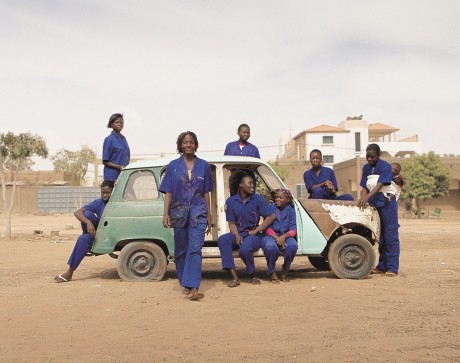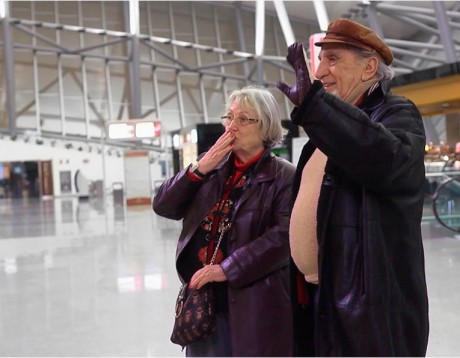


DocsBarcelona: Ouaga Girls

It’s one of those documentaries that makes you smile through the whole film, Ouaga Girls by Swedish Theresa Traore Dahlberg. It was shown yesterday at DocsBarcelona at the Aribau Club cinema followed by a Q&A with the French coproducer Estelle Robin You, who is also involved in the production of “Dolphin Man” by Lefteris Charitos, that plays in the competitive Panorama section of the festival here in Barcelona.
The smile… because of the life energy of the girls from Burkina Faso, who study to become auto mechanics in a male society and enjoy the company of their sisters in the school, where they learn, are introduced to adult life and where they have fun, and share the good and the bad experiences they have and have had in their lives. They all come from a tough social background, which is conveyed to the viewer in tense interview situations with a psychologist. A brilliant cinematic solution where the action – the slate of joyful, lively scenes from the auto workshop and from the classroom and from parties and concerts in the city – is stopped to give close-ups and time for reflection.
Estelle Robin-You told us that the film has been running in cinemas in France – and Sweden of course – that the music score is composed by the father of the director Seydou Richard Traoré – that French editor Alexandra Strauss was called for to help finalising the film; Strauss who has edited “I’m not Your Negro” and has worked for master Roy Andersson.
How can we get a women empowering film like this shown in rural areas, a woman in the audience asked. There must be Ngo’s, who can use the film. Of course.








